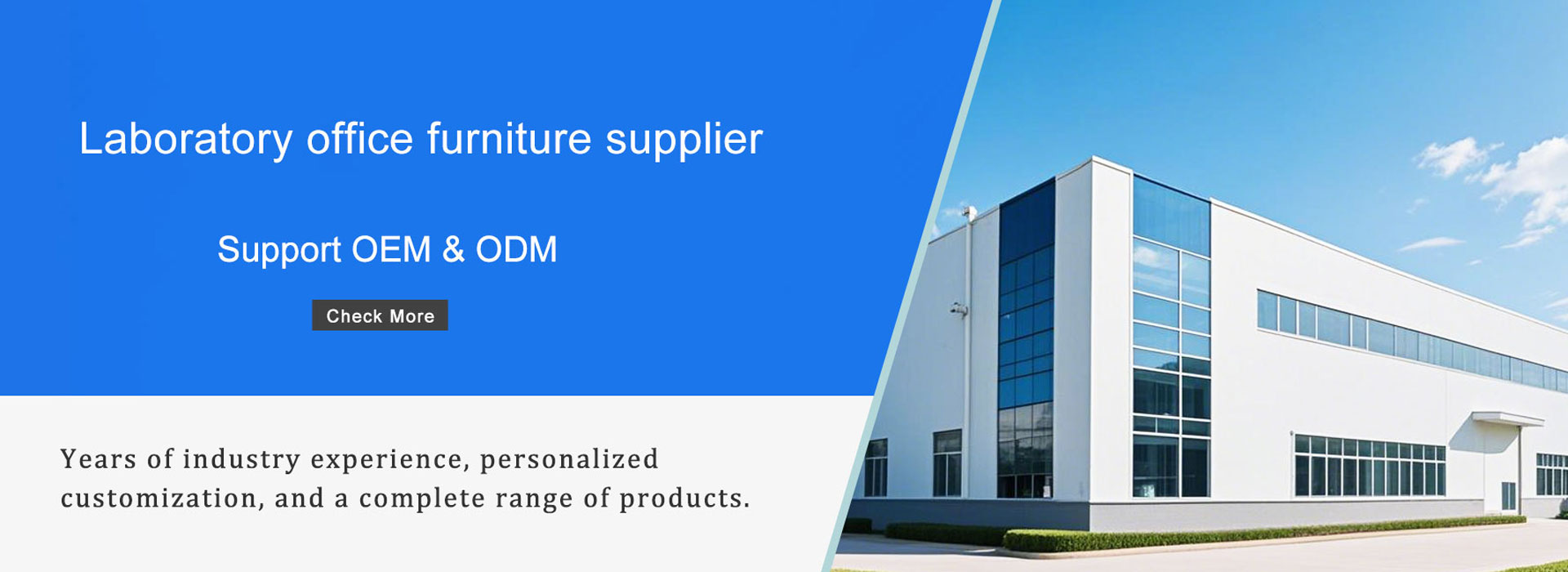Selecting the right explosion – proof gallon cabinet for a small chemical laboratory is a crucial task that involves multiple considerations. It’s not just about finding a cabinet that fits physically, but one that can safely store chemicals while aligning with the lab’s space and future needs.

- Assessing the Chemical Inventory
In a small chemical laboratory, the first step in determining the suitable size of an explosion – proof gallon cabinet is to take stock of the chemical inventory. Consider the types and quantities of chemicals stored. For example, if the lab mainly deals with small – volume, flammable solvents like ethanol and acetone, you need to calculate the total volume of these substances.
List out each chemical, its volume, and how often it is used. Some chemicals may be used frequently and need to be easily accessible, while others are used sparingly and can be stored in larger batches. This inventory assessment will give you a baseline for the minimum storage capacity required. - Considering Laboratory Space Constraints
Small chemical laboratories often have limited space. So, it’s crucial to measure the available space where the explosion – proof gallon cabinet will be placed. Consider the floor area, as well as the height restrictions.
If the lab has a narrow corridor or a corner with limited width, you need to choose a cabinet that can fit into that space without obstructing traffic or access to other equipment. Also, think about the height of the ceiling. Some cabinets may be too tall for a laboratory with low ceilings, which could pose safety risks or make it difficult to open the cabinet doors fully. - Future – Proofing the Choice
Even in a small lab, it’s important to consider future growth. The laboratory may expand its research scope, which could lead to an increase in the number and volume of chemicals stored. So, when choosing the size of the explosion – proof gallon cabinet, select one that can accommodate potential future additions to the chemical inventory.
This doesn’t mean over – sizing the cabinet to an impractical extent, but rather choosing a size that has some buffer capacity. For example, if the current inventory requires a 30 – gallon cabinet, a 40 – gallon cabinet might be a better choice if there are plans to introduce new chemical processes in the near future.
In conclusion, choosing the right size explosion – proof gallon cabinet for a small chemical laboratory involves a careful assessment of the chemical inventory, space constraints, and future growth potential.
When it comes to finding high – quality explosion – proof gallon cabinets that can meet these diverse needs, Luoyang Hengna Office Furniture Co., Ltd. is a reliable source. They offer a range of explosion – proof cabinet solutions that can be tailored to fit the specific requirements of different laboratory settings. Whether you need a compact cabinet for a very small lab or a more spacious one with an eye on future expansion, they can provide options that combine safety and functionality.



